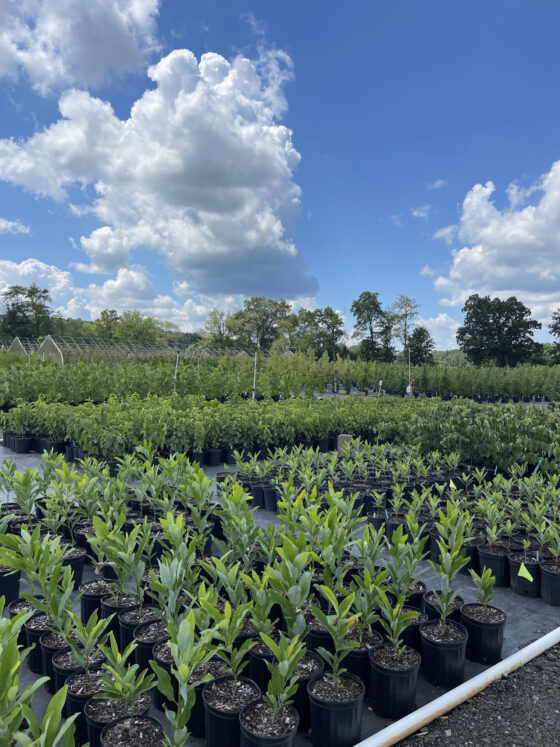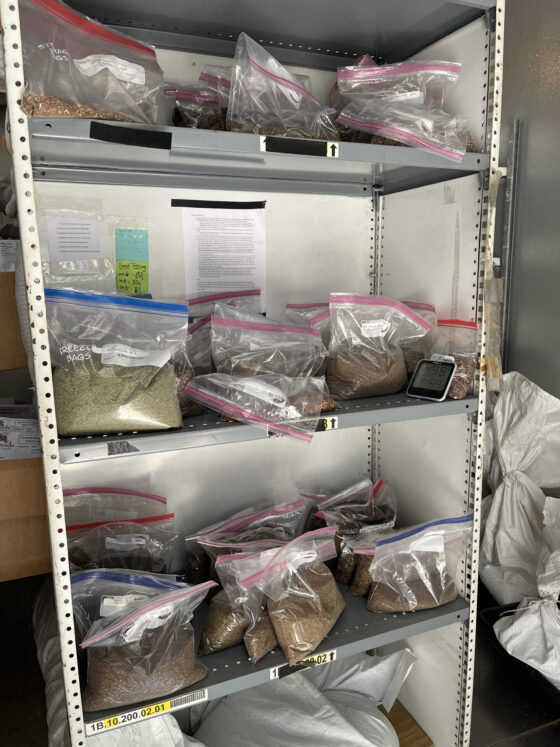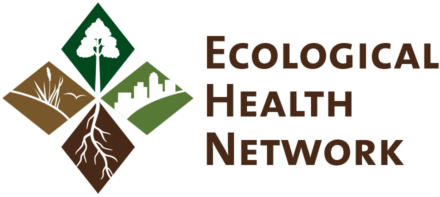EHN's Seed & Plant Supply Chain Program
The US Northeast is turning to ecological restoration and allied activities to prepare for climate change, mitigate ecosystem degradation, generate just livelihood options, advance equity, and improve human health and well-being. The rapid growth in the number and scale of reforestation, coastline rehabilitation, urban street tree planting and forestry, agroforestry and regenerative agriculture, pollinator pathway creation, and blue-green flood water infrastructure activities is driving a surge in demand for native seeds and plant material. However, chronic commercial shortages of genetically-appropriate, viable seeds and plant material of known provenance for the range of plant species native to the region present a formidable bottleneck to meeting restoration goals now and in the future.
EHN's Seed and Supply Chain Program is helping to build the Northeast Seed Supply Network, a coalition of partners concerned about and engaged in native seed and plant production for restoration, jobs, improvements in urban water and soil quality, and so much more. See the growing list of our network collaborators.
What is a seed and plant material supply chain?
The demand surge for seeds and plant material from the growing number and scale of restorative activities is placing considerable pressure on remnant natural ecosystems to provide these resources. There is an urgent need to rapidly increase the amount of seeds and nursery-grown plants available for restorative activities by developing and strengthening supply chains. Seed and plant material supply chains encompass everything from the conservation of plant genetic resources to the collection of seeds and of the associated pathways — germination, cultivation, harvesting, processing, cleaning, storage — required to multiply seed material and produce commercially viable quantities of both seed and planting stock for practitioners and land managers working on a range of restorative activities across a wide spectrum of ecosystem types.

Figure 1: Some of the key steps required to multiply seed material and produce commercially viable quantities of both seed and planting stock for practitioners and land managers working on a range of restorative activities across a wide spectrum of ecosystem types.
Video 1: Native seed production fields at Pinelands Nursery in New Jersey, a network partner and one of the largest native plant nurseries in the US, supplying millions of plants for ecological restoration activities throughout the Mid-Atlantic and New England States.
The power of weaving networks for social and ecological impact
The huge social and ecological problems of the 21st century are characterized by high complexity, and extend beyond geographical and disciplinary boundaries. Networks are groupings of interconnected people or things. Network structures can arise organically, but they can also be intentionally woven to “accelerate learning, spark collaboration, and catalyze systemic change.”
There is an increasing recognition that social networks can better address complex problems like accelerating climate change, ecosystem degradation, biodiversity loss, and inequity – because they can facilitate the exchange of thoughts, ideas, and resources among previously unconnected domains; thus, generating a plurality of novel solutions and enabling collective action across conventional boundaries. Building a network of trusted partnerships across all the key seed and plant material supply chain steps is a prerequisite to overcoming bottlenecks and meeting the Northeast’s restoration goals.

Figure 2: Building and reinforcing relationships based on trust and reciprocity among diverse stakeholders across industry, academic, government, non-profit, and private organizations, and indigenous groups is a prerequisite to strengthening seed and plant material supply chains.
The Ecological Health Network’s role in network building
Many dedicated organizations, including the Mid-Atlantic Regional Seed Bank (MARS-B), the Native Plant Trust, the Ecotype Project, Highstead Arboretum, and the Wild Seed Project, have been creating supplies of genetically appropriate seed and plant material of known provenance for the US Northeast. However, meeting the growing demand for native seed and plant materials is too big of a job for any one sector or entity to tackle independently. Most organizations lack the scope or capacity to carry out the critical intertwined actions to build networks – including identifying social actors who are engaged across the supply chain, and locating pathways to improve interconnections, build trust, and promote novel synergies.
Since March 2022, EHN has led efforts to reinforce existing and build new connections by hosting webinars, in-person, and virtual meetings, and carrying out targeted outreach and communication. Together with partners and members, we are building a network, the Northeast Seed Supply Network, to act as a central coordinator and provide technical guidance and strategic planning support to the diverse private, public, and non-profit actors who are engaged across the arc of seed and plant material production and use in the Northeast. See the growing list of our network collaborators.
By taking a network-approach we can prevent an uncoordinated patchwork of duplicative efforts, reduce resource competition, and promote trust. Most importantly, collectively we can make inroads in better matching supply with demand to advance a wide range of critical activities to heal our ecosystems now and in the future.




EHN's Seed and Supply Chain Program is helping to build the Northeast Seed Supply Network
